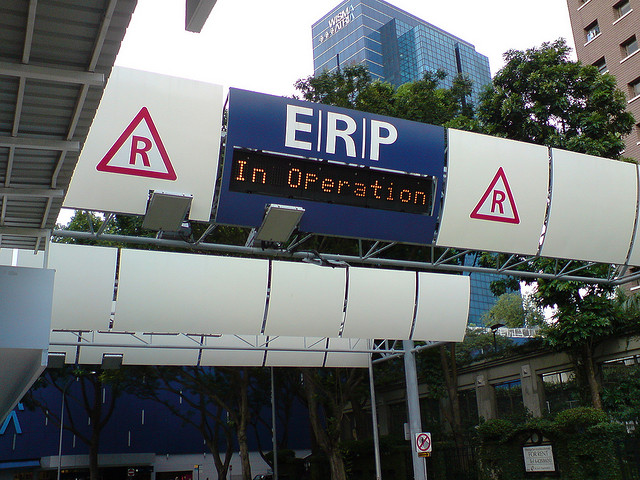This post has already been read 23278 times!

Today’s highly complex global supply chains truly require a single version of the truth providing full order and inventory visibility
As we have witnessed over the years, ERP systems have promised to provide this platform level capability, but in reality they rarely do. If having an optimized order and logistics operation is a core requirement for your business, ERP solutions simply do not go far enough to provide this type of operating backbone. In most cases best of breed “plug in” demand management or logistics applications are required to extend order visibility into both warehousing and transportation activities.
Thus, over the years organizations have integrated their ERP systems with WMS and TMS solutions, using custom interfaces to update their order and inventory information within their ERP systems.
However given today’s complex supply networks, organizations have found themselves with inventory spread across the world supported by a global order fulfilment network which is supported by a patchwork of inadequate systems rather than a “purpose built” global operations backbone.
Adding to the complexity, many corporations are outsourcing their warehousing and transportation operations, using different providers in various regions around the world. Inventory and transportation movements are now being executed across a growing number of warehousing and transportation systems. As we all know this most likely involves working with small transport operators, who may only have a mobile phone to provide updates on delivery progress.
Achieving an accurate record of orders and inventory in real-time requires a single unifying cloud based system that can be easily accessed by all supply network participants via the internet. Furthermore, ease of use dictates that all participants should only have to register to this network once, rather than every underlying system supporting the network.
It is a fact today that larger companies are often running more than one ERP or multiple instances of a certain ERP due to many reasons including acquisitions or system migrations.
How is it possible for any company participating in a complex global supply network to ensure a consistent and reliable view of both their order and logistics operations across this patchwork of underlying systems or during periods of transition, which can last for multiple years?
In my next post I’ll discuss the type of technology approach that can solve this problem. If you’re impatient though and want to learn more now, I suggest you download the short paper on Industry Operating Backbones.
- Map of U.S. Trucking Spills in 2016 - January 13, 2017
- What is aPaaS? A Way to Supercharge Your App Development - December 12, 2016
- Future of Transportation: Goodyear’s Radical Smart Tire Concept - November 3, 2016
